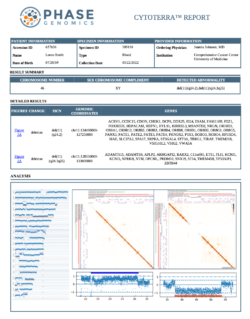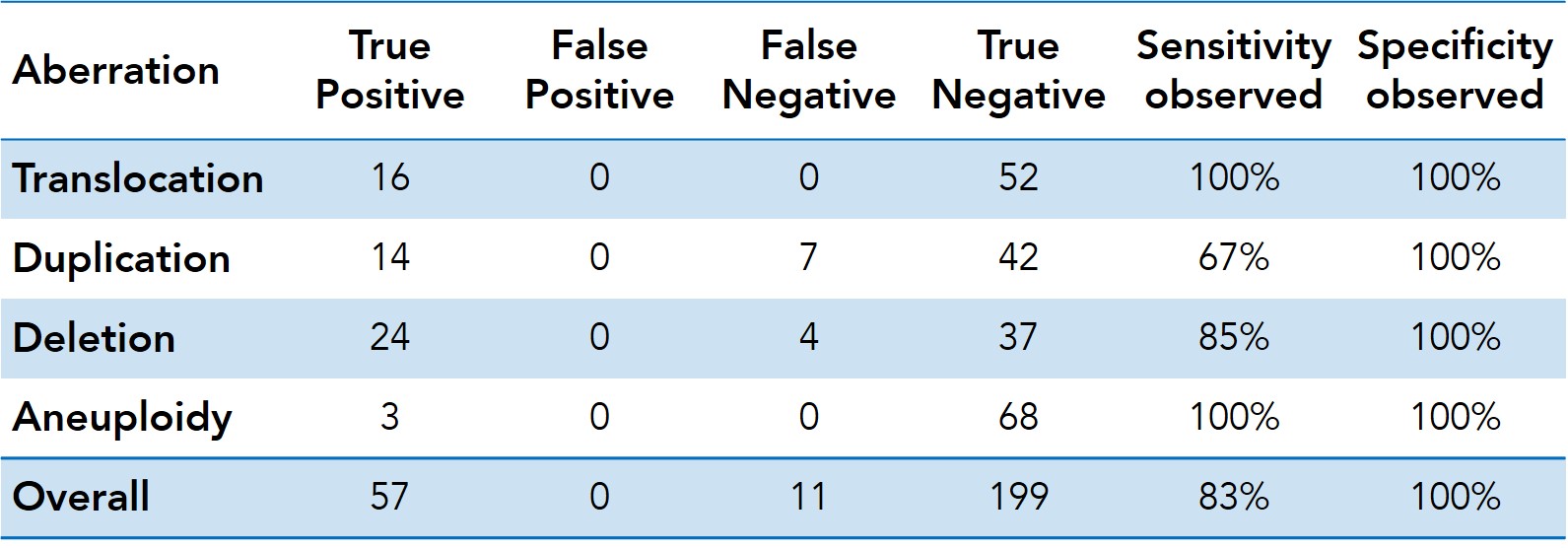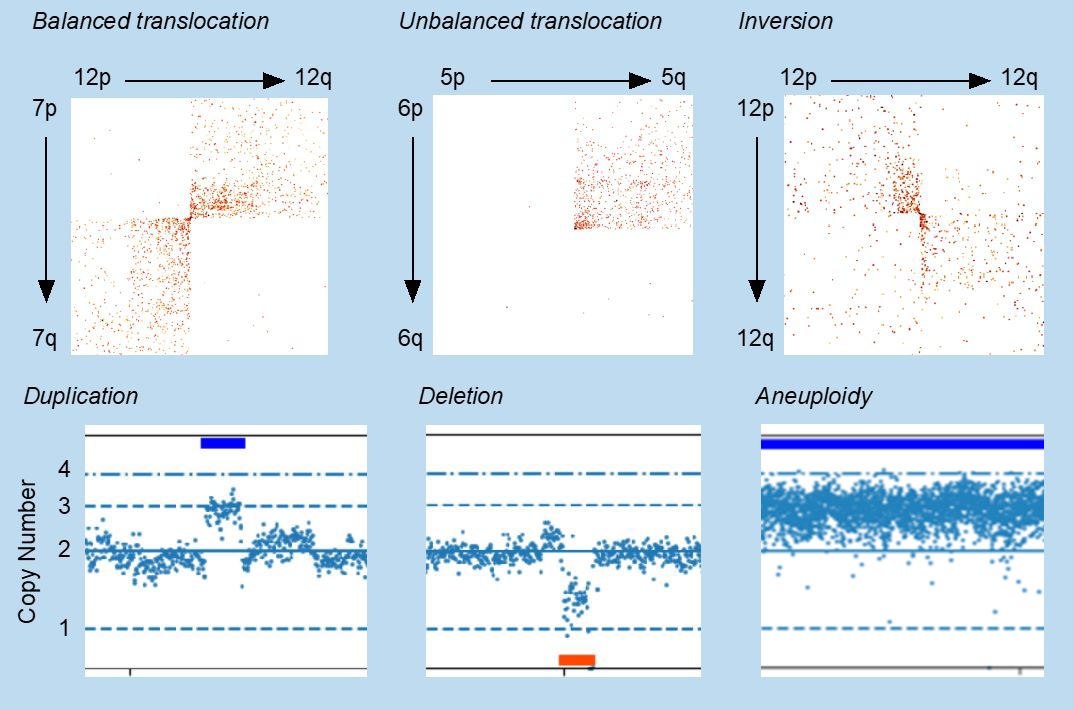CytoTerra Services
Reading the Blueprints:
CytoTerra™ Cytogenomics Platform
Reveal the Topography of the Genetic Map
The CytoTerra Cytogenomics Platform combines the genome-wide structural variation detection power of traditional cytogenetics with the molecular-level precision of chromosomal microarrays and FISH in a single, cost-effective, NGS-based assay.
Proximity ligation is used to trap short-, long-, and ultra-long-range intracellular DNA contacts (black arcs). Chimeric junctions originating from the same cell are recovered, converted into an Illumina® sequencing library, and subjected to paired-end sequencing. The proximity ligation signal increases as the genomic distance between any two loci across the genome decreases. The novel CytoTerra Cytogenomics Platform extrapolates this unique information with a high degree of confidence, enabling the genome-wide detection of all major types of chromosomal abnormalities.
Download to learn more

Features and Benefits
- Genome-wide detection of chromosomal abnormalities
in a single, NGS-based assay - Complements conventional cytogenetics methods,
such as CMA and FISH - Actionable results in standard nomenclature
- Scalable, fast, and cost-effective. No dedicated
instrumentation required.
CytoTerra Workflow
The CytoTerra Platform provides a sample-to-report NGS-based cytogenomics assay that starts with a crude pre- or post-natal sample, and ends with a comprehensive and actionable report in standard ISCN and sequence-based nomenclature. The entire process (depicted below) can be completed in less than five days and is scalable to large numbers of samples.

The CytoTerra workflow, from sample to report.
A proximity ligation library is prepared from a biological sample. Paired-end sequencing is performed on the Illumina® platform. Fully automated, cloud-based analysis is performed with Phase Genomics’ proprietary computational tools .
The CytoTerra Platform is currently offered as a comprehensive sample-to-report service. Contact us to inquire about RUO kits compatible with existing low- and high-throughput sample processing pipelines.
Application Data
Click here for more CytoTerra applications

Characterize chromosomal abnormalities with high specificity and sensitivity
A set of 124 de-identified samples (including amniocyte, chorionic villus, and lymphocyte samples), previously characterized by cytogenetics, CMA, and/or FISH, were analyzed using the CytoTerra Platform. All high-confidence calls were manually confirmed using coverage plots and proximity ligation heatmap images. Calls less than 50 kb in size (arbitrarily chosen limit of detection at the time of this analysis) or that were present at less than 25% mosaicism were excluded from the analysis. Results are summarized in the adjoining table. Results from previous cytogenetic, CMA and/or FISH analysis were only revealed to analysts after manual curation was completed.

Assess all major structural variant classes in a single assay
Representative examples (visualizations) of different types of chromosomal abnormalities, including unbalanced, balanced, and complex rearrangements. The balanced translocation, unbalanced translocation, and inversion in the top row of the figure are indicated by specific patterns on a proximity interaction matrix and can be detected using computational tools in the CytoTerra Platform. Duplications, deletions, and aneuploidies (examples in the bottom row) are also detected by the CytoTerra Platform, and may be visualized using a coverage plotting script.
Support & Resources
Frequently Asked Questions
Watch to learn more

